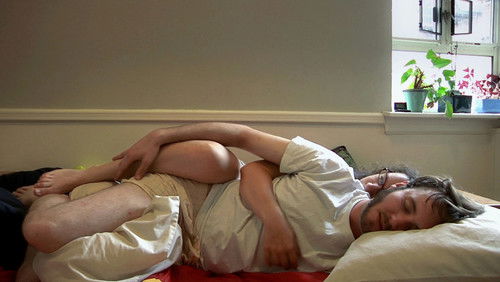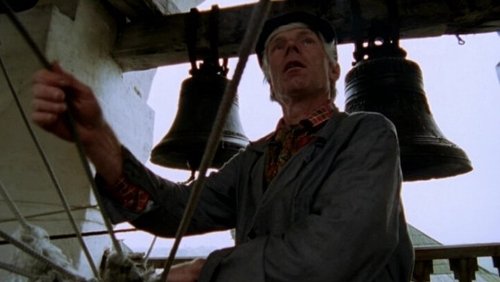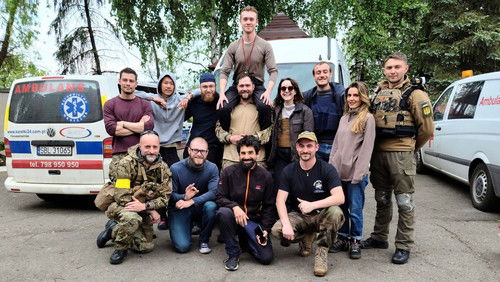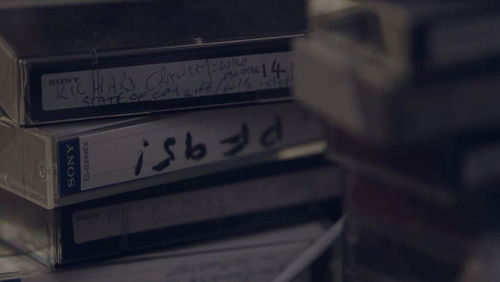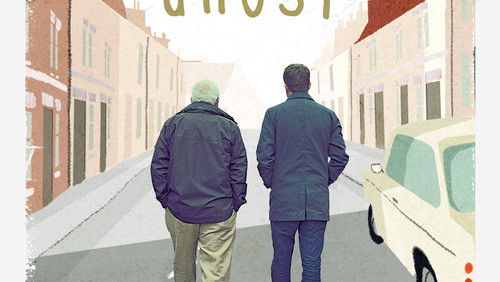Berlin – Die Sinfonie der Großstadt (1927)
38KBerlin – Die Sinfonie der Großstadt: Directed by Walter Ruttmann. With Paul von Hindenburg. This movie shows us one day in Berlin, the rhythm of that time, starting at the earliest morning and ends in the deepest night.
“`Berlin, Symphony of a Great Cityu0026#39; is a film Iu0026#39;ve watched over and over with fascination. I think itu0026#39;s true that it is not so much about the people of Berlin, although we see many of them, but the city itself as a huge living, breathing organism. Back in the 1930s filmmaker John Grierson apparently wrote that this film `created nothing,u0026#39; and that it violated the first principles of documentary by showing us nothing of importance but beautiful images. Looking at it more than 70 years after its creation, however, its documentary value seems evident to me, at least. I find it fascinating just to see what the people, clothing, uniforms, vehicles, streets, parks, restaurants, shops, theaters, nightclubs, and factories looked like in that distant time and place. Itu0026#39;s amazing to contemplate how soon this complex, sophisticated society would be consumed in the most primitive debauchery. Do these people really look that much different from those we see on our streets every day? It makes me wonder what weu0026#39;re all potentially capable of.u003cbr/u003eu003cbr/u003eSome slight differences do seem apparent, however. When a fight breaks out in a public place today, people usually try to ignore it, or even duck their heads and run for cover. But in a scene where two men argue violently in the street, the Berliners of the 1920s crowd in close around the combatants, and even try to separate them and arbitrate the dispute, before a policeman moves in. Whether this was typically European at that time, or just typical of its era, I really canu0026#39;t say, but it seems strange to me today.u003cbr/u003eu003cbr/u003eAlthough I think the majority of this film was shot in a candid manner, and looks it, itu0026#39;s obvious that not quite all of it was un-staged, as a previous commentator has pointed out. For example, look at the argument scene just mentioned. Considering one of the camera angles (probably from a 2nd floor window), the argument must have been staged at the exact spot where this camera could catch it, and the crowdu0026#39;s reaction, from above. In addition, a second camera was in place at street level to move in close, which hardly suggests a serendipitous event.u003cbr/u003eu003cbr/u003eA good musical score is vitally important to bring this film to life. Itu0026#39;s too bad the original score has been lost. It would be fascinating to know what it was like. But I think the one written by Timothy Brock for the Kino edition is superb in that it captures its changing moods and rhythms. If, as one internet reviewer commented, it seems a bit melancholy, that may be apropos considering that this beautiful city, and a great many of its inhabitants, would be consumed in fire less than 20 years later.”



